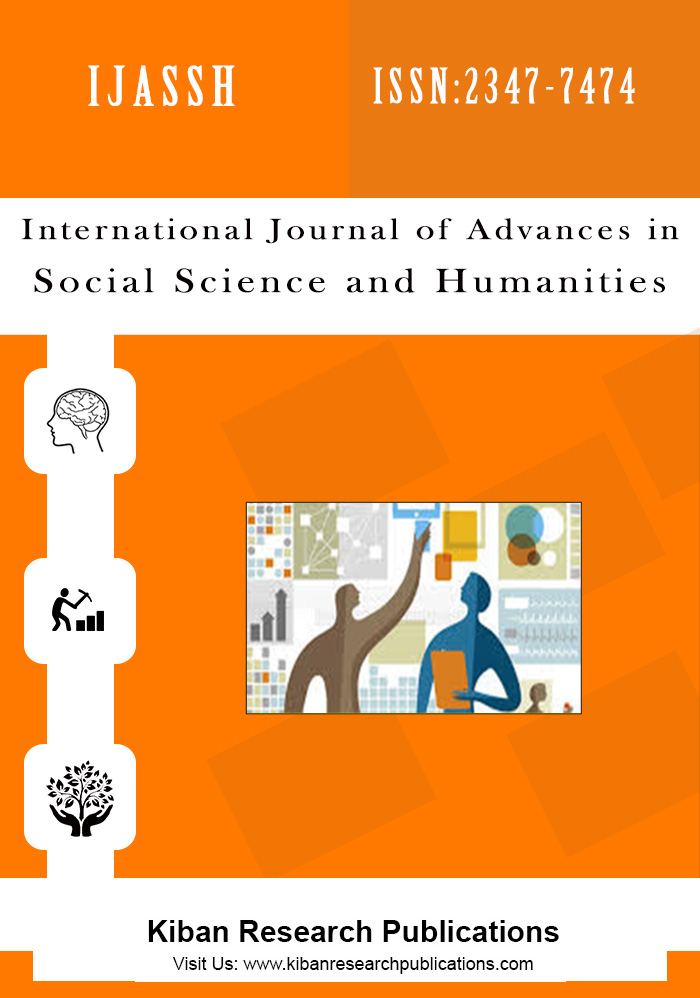Students’ Social-Economic Status and Equity in Form One Admission in National Secondary School Clusters in Kenya
Abstract
AbstractThrough its educational policies and plans, Kenya is among countries whose aim is to achieve equity in access to secondary school education by pupils from different background as envisaged in Vision 2030 and Sustainable Development Goals. However, this dream still remains elusive. This paper provides empirical evidence of the effect of students’ socio-economic status on equity in form one admission in national secondary school clusters in Kenya using data from a sample of 1935 form one students admitted in Kenyan national schools. The results of the multinomial logistic regression indicate that even after holding other predictor variables constant, students’ socio-economic status significantly affected their admission to the national secondary schools clusters. Consequently, there is need to develop sound and inclusive strategies to accelerate equity in form one admission to national secondary school clusters. The Ministry of Education should design policies that equalise opportunities for students from different social-economic background in accessing all national secondary schools clusters.Â
Â
Key terms: Social-Economic Status, Equity, Form One Admission, National Secondary School Clusters.
References
Alari O.J., Migosi J., Evusa Z. (2013). Teachers’ and students’ perceptions about form one placement of students in public secondary schools in Mumias Division, Kakamega County, Kenya. Univertsal J.du.General Studies, 2(5), 167- 174.
Blossfeld, H.P. and Shavit, Y. (1993). Persisting barriers: Changes in Educational Opportunities in Thirteen Countries (pp. 1-24).Colorado: Westview Press Inc
Catholic News Agency for Africa (CANAA) (2015). www.canaafrica.org/ index.php/home/16-latestnews/192-church-in-kenya-antsgovernment-to-review-criteria-for-secondary-school-admission
Chiuri, L.W., and Kiumi, J. K. (2005). Planning and Economics of Education.
Egerton:
Cohen, L., Manion, L. & Morison K. (2000). Research methods in Education. London:
Routledge Falmer.
Fields, G. (1980). Education & Income Distribution in Developing countries: A Review of the Literature. In Education and Income, ed T. King World Bank Staff Working Paper No. 402: Washington D.C.
Gutman, L.M. & Midgely, C. (2000). The Role of Practice Factors in Supporting the academic Achievement of Poor African American Students During the Middle School Transition.
Keith, M.L. (2005). Improving Access, Equity and Transition in Education. Retrieved from http://www.create.rpc.org
Malecki, C. K., & Demaray, M. K. (2006). Social support as a buffer in the relationship between socioeconomic status and academic performance. School Psychology Quarterly, 21, 337-395.
Mbani, M.O. (2008). Factors Contributing to Drop out Among Female Students from Secondary Schools in Awendo Division. Unpublished M.Ed Thesis. Nairobi: University of Nairobi.
Muindi, B. (2012) Parents doubt new national schools. Daily Nation, January 15th2012.[URL:http://www.nation.co.ke/News/parents+doubt+new+national+schools+/-/1056/1306220/-/7y2xw1z/-/index.html (Accessed on03/03/2017)]
Ngatiari, J. (2011). Socio-economic factors influencing students’ academic performance in secondary school in Meru South District, Kenya. Unpublished thesis, Moi University, Eldoret, Kenya.
Ngware, W. N., Eldan, O., David, I. M. and Domiano, K. M. (2006). Improving Access to Secondary Education in Kenya: What can be done? Journal of the KIPPRA, Nairobi, Kenya.
OECD (2007). No More Failures: Ten Steps to Equity in Education, ISBN 978-92-
http://www.academicjournals.org/ERR64-03259-0, € 24, 155 pages.
OECD. (2011). “Does where a student lives affect his or her reading performance?†in PISA 2009 at a Glance, OECD Publishing. http://dx.doi.org/10.1787/9789264095250-24-en
Onderi, H. and Makori, A. (2014). Understanding Realities, inequalities and implications associated with policy and practice in form one selection in secondary schools in Kenya. British Journal of Arts and Social Science. 17(1), 146-164. Retrieved on 30/05/2017 from http://www.bjournal.co.uk/BLASS.aspx
Republic of Kenya (2005). Sessional Paper NO. 1 of 2005 on a Policy Framework for Education, Training and Research. Nairobi: Government Printers
Unesco, (1994). The challenges of achieving gender parity in vasic education. Paris UNESCO.
Yamane, T. (1967). Statistics, An Introductory Analysis, 2nd Ed., New York: Harper and Row.




